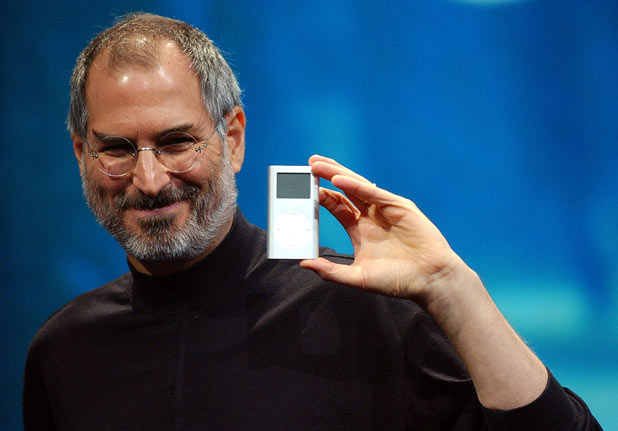One of the biggest challenges of big data is that is can be challenging to help people see and understand what you’ve discovered. You need to know how to put your big data story in context.
This isn’t new, it’s been the challenge for many years to explain your findings in a way that help others understand and prioritize the ideas. Learning how to present your thinking is critical to getting your ideas acted on quickly!
Big data is so big you must improve your communications skills if you hope to have impact! The foundation of good communication skills is the ability to provide context to your ideas.
Most leaders struggle to understand the size and complexity of big data. Analysts are routinely asked to analyze millions of pieces of information on a regular basis. If you want to have impact, you need to become better at storytelling. If a picture is worth a thousand words, what’s a million pieces of data worth? A single picture? Context can go a long way to help influence others to your way of thinking.
I found a great resource to help you increase your effectiveness in telling your big data story. It’s written by Cole Nussbaumer Knaflic called Storytelling with Data: A Data Visualization Guide for Business Professionals. It’s a great book. I bought it from Amazon after a friend told me that Cole shared a great process to help others become better at visualizing their data. The challenge is I been doing it these presentations for many years and I never thought what it would it take to help train someone else to do it. Cole makes it easy and fun to master this critical skill.
Cole shares several steps to help you tell a better story with your data. I’ve chosen to highlight only one in this blog. All are great, but the challenge as a writer is to share without removing the value from getting a copy of the book. It called Storytelling with Data: A Data Visualization Guide for Business Professionals. You might also enjoy her Storytelling with Data Presentation at Google.
Cole’s first step is Understand the Context. To be candid, most big data visualizations fail because the presenter fails to share and put the facts into context. It’s very easy to get caught up in the excitement of identifying a trend, an unexpected result, or the next big idea.
Have you ever done research using Google and become overwhelmed by what you find? This is how many executives feel when they are confronted with new ideas or data. It is critical that you begin with the end in mind when presenting your findings. I was going to say conclusions, but as Cole points out later in the book, we must all become better storytellers. Sometimes it’s best to allow others to engage their imaginations when telling your big data story.
To be successful at dealing with context you must start where your audience is. Before sharing your ideas take time to better understand where your audience is and where they might want to go. The more you understand about your stakeholders, the better prepared you are to share your finds in a way that allows you to connect on a deeper level.
Once you know where your listeners are coming from, it’s easier to decide how you might best present your findings in a shared context. It is critical to understand your audience’s biases and feelings when developing your presentation. I’ve heard stories about presenters who invested all their time gathering, creating, and analyzing data then failing to understand who they were sharing it with. You may not have heard of them, but that just proves my point.
You should also invest time in understanding who you are and what your own bias might be when sharing information with others. Understanding your own context is critical to your presentation’s success. Self-awareness is not only good for leaders, but critical when deciding what and how you present your ideas. Do people trust you? Are they challenged by your point of view? If so, you might want to consider investing more time in developing the story you share. You should know that context is a two way street.
Consider if you are presenting ideas that are against conventional wisdom, you might want to consider how you share them so that they are received with a more open mind. I remember sharing provocative findings with a set of doctors who were specialists. I started by sharing several other concepts that were conventional wisdom before they were, ultimately, discovered to be false. I then jumped into my findings and shared why there might be an apparent disconnect in what we found. I asked for help in understanding why our findings were not as expected.
Cole recommends standing your ground when presenting your conclusions to others. In my career, most leaders fail not because they were too soft, but because they were too hard when stating their conclusions. Understanding context can help you build bridges to the people you are sharing with. I believe it critical to understand the context as well as content you’re providing.
Cole also shares a great set of action words that can help you move your audience to action. If your goal is to get people take action, you should prepare them by using action verbs and descriptions. Sharing and showing what you expect after your presentation helps you get the results you expect from sharing your ideas with others. Many people expect people to take action after they hear something. Sadly, most won’t, you need to connect the dots and then tell them what actions to take.
Today, we talked about context and how it impacts your big data presentation. We’ve just scratched the surface of data visualization, and shared a great resource. I would bet the 80/20 rule applies here, 80% percent of your impact comes from understanding your audience and your own biases before putting together your presentations.
Next week, we will explore the best way to put together your presentation. See you next week.





Be the first to comment on "Can You Provide Context to Your Big Data Presentation?"